from Twitter

from Instagram

from Instagram

[10/27, 7pm, Malcolm X Park]
from Unicorn Riot
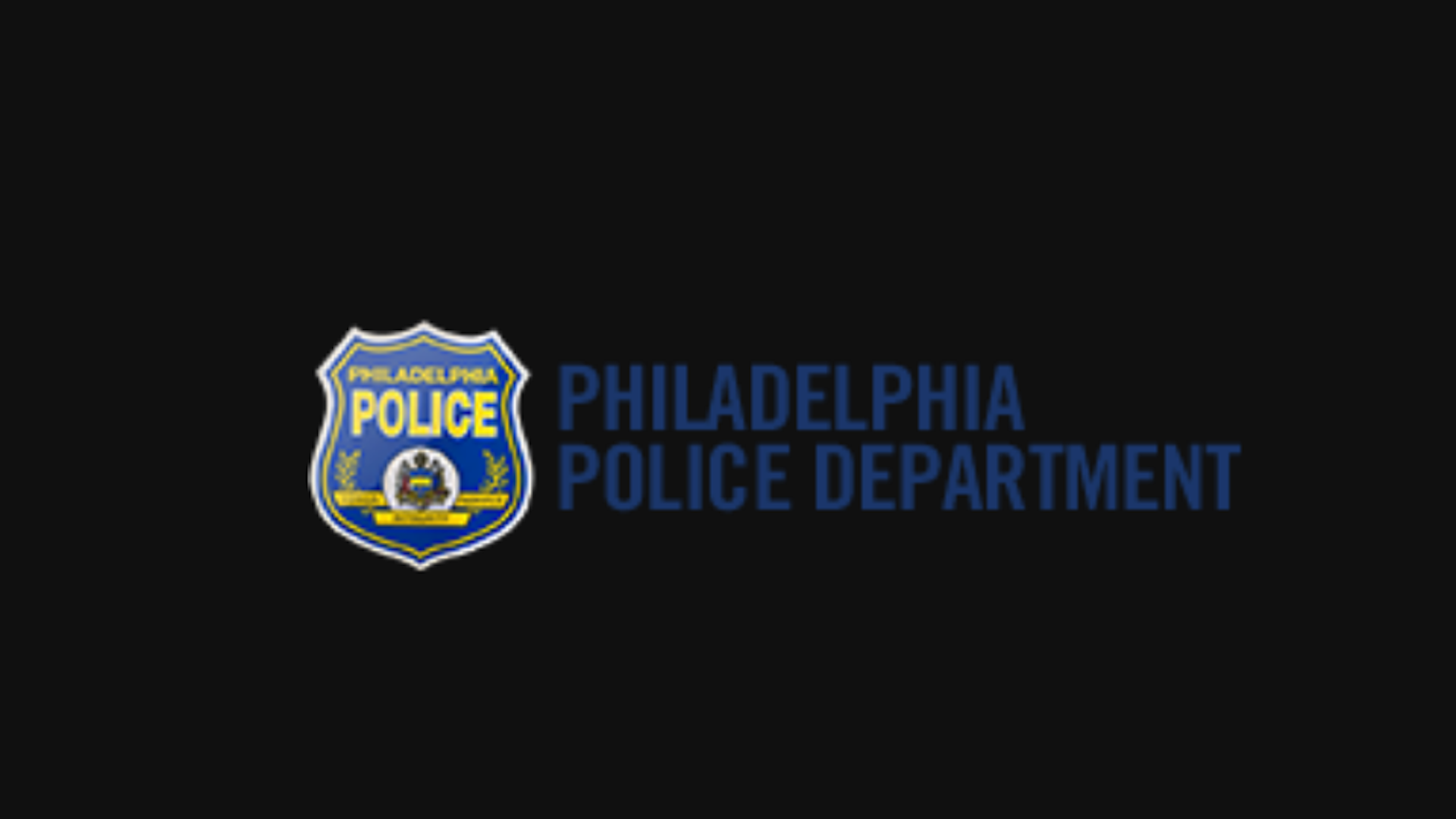
Philadelphia, PA – West Philly saw a quickly escalating situation develop on 4 p.m. Monday afternoon and dragging into the evening and overnight. In a graphic and disturbing video circulating on social media, two white Philadelphia Police (PPD) officers are seen repeatedly shooting a Black man in front of his mother from several feet away as he walked while holding a knife. Neither of the two officers in the video seemed to attempt to use their taser, and they appeared to have fired around ten bullets while they were several arms lengths away from the man they shot.
The man struck down dead by the two PPD officers was identified as 27-year-old Walter Wallace, Jr.
His father, Walter Wallace Sr., told the Philadelphia Inquirer that his son was dealing with mental illness, was on medication, and “his mother was trying to diffuse the situation” when police came and shot him.
Many witnesses were present for Wallace’s death and his family, friends and neighbors quickly reacted with grief and rage to the sight of him being gunned down dead in the street.
Video of the scene taken by Philadelphia Inquirer reporter Ellie Rushing shows that police had placed evidence markers indicating as many as 13 shell casings.
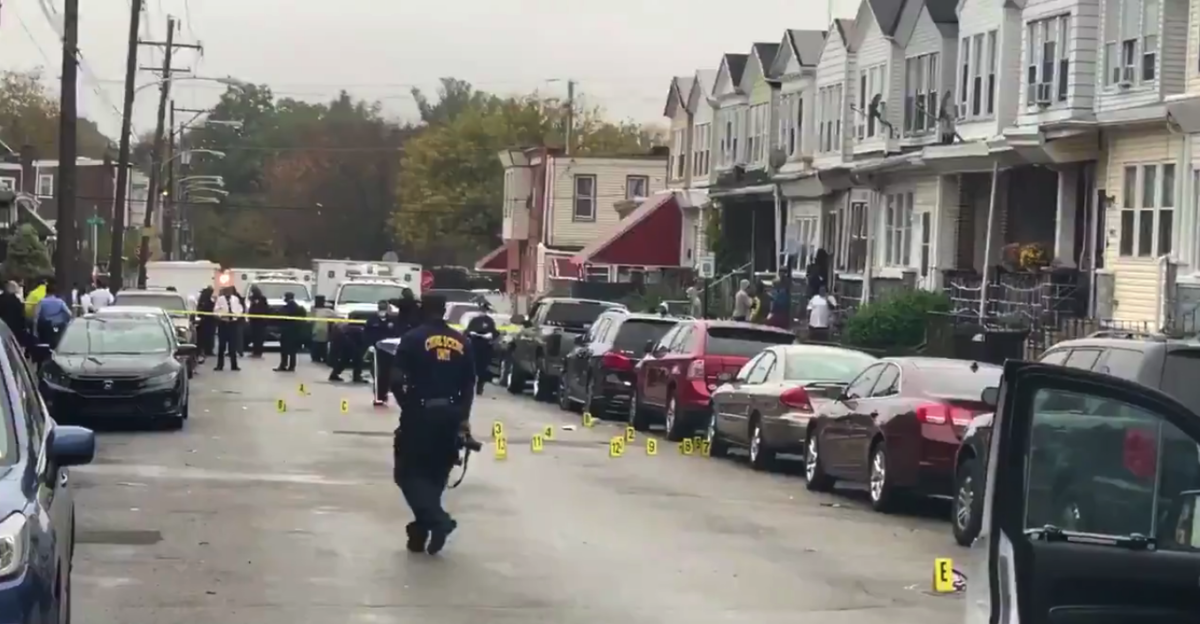
Both of the white officers involved in the shooting death of Walter Wallace, Jr. have reportedly been suspended pending an investigation. If common police practices for “officer-involved shootings” are being followed, they are both presumably now on paid leave.
In an official city statement, Philly Mayor Jim Kenney said, “I have watched the video of this tragic incident and it presents difficult questions that must be answered.” Kenney promised “a speedy and transparent resolution” but the only specific detail he offered was that the “Officer Involved Shooting Investigation Unit of PPD will conduct a full investigation.”
Philly District Attorney Larry Krasner’s statement about the shooting avoided any specifics but also promised an investigation.
Police called in reinforcements to clear the mourning neighbors from the street and reportedly dispersed the crowd at the shooting scene by 6:30 p.m., according to the Philadelphia Inquirer. Around 7 p.m. on Monday night, a crowd of several hundred protesters began to gather at Malcolm X Park.
Protesters marched throughout the area, taking the streets and followed by supporting honking vehicles. They also congregated for a time outside a nearby police precinct.
At some point outside the precinct, objects such as rocks and bricks reportedly began to be thrown at officers.
Police with riot gear and shields then pushed the crowd away from the police building, charging people through the street as trash cans and various other projectiles were pelted at them by an increasingly militant local crowd.
Police appeared unable to contain the community’s furious response to their having shot a Black man to death in the middle of the street in the middle of the day. Crowds went on to smash into several area businesses and take commercial goods, smash and burn police vehicles, launch fireworks, and reportedly commandeered at least one construction vehicle.
In one photo captured by Inquirer journalist Samantha Melamed (who was arrested by PPD while reporting on a protest in June) a police cruiser can be seen burning in front of a billboard reading “the power of justice”:
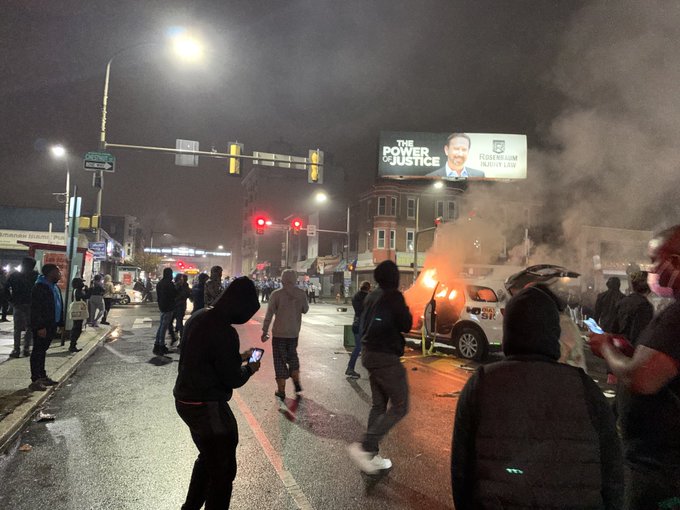
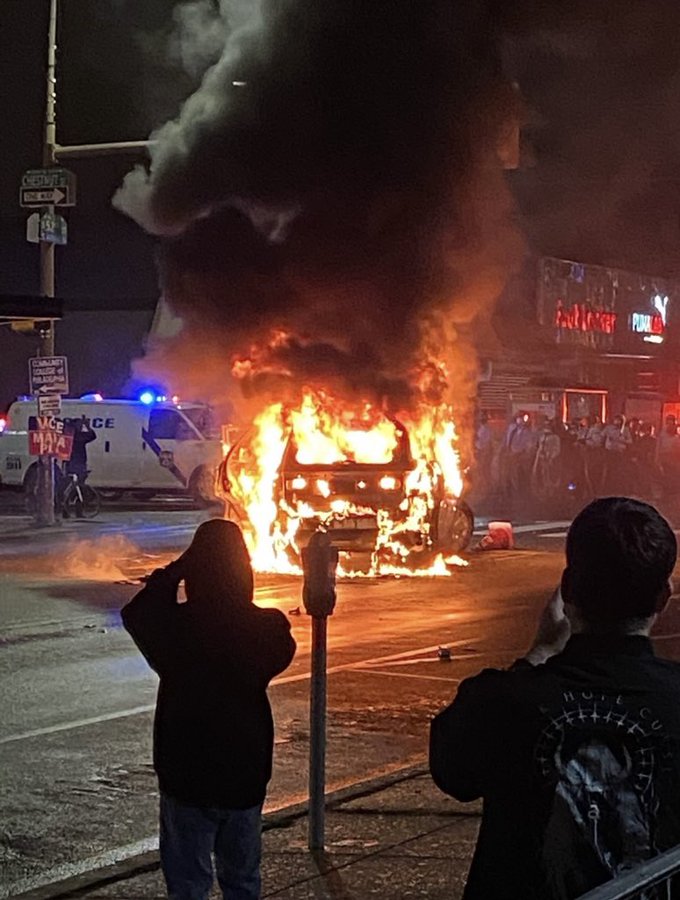
As of early Tuesday morning, protesters remained out in the streets of West Philly. Police made several arrests, with the Major Crimes Unit reportedly having been deployed.
Around 12:45 a.m., police were using batons and charging tactics to encourage the remaining crowd to disperse.
According to Philly journalist Jason Peters, some arrested protesters are being held at PPD’s 18th precinct.
Philadelphia’s lodge of the Fraternal Order of Police, which supported officers involved in brutalizing protesters earlier this year, has indicated it will defend the cops who ended Walter Wallace, Jr.’s life while his family watched.
from Mainstream Media
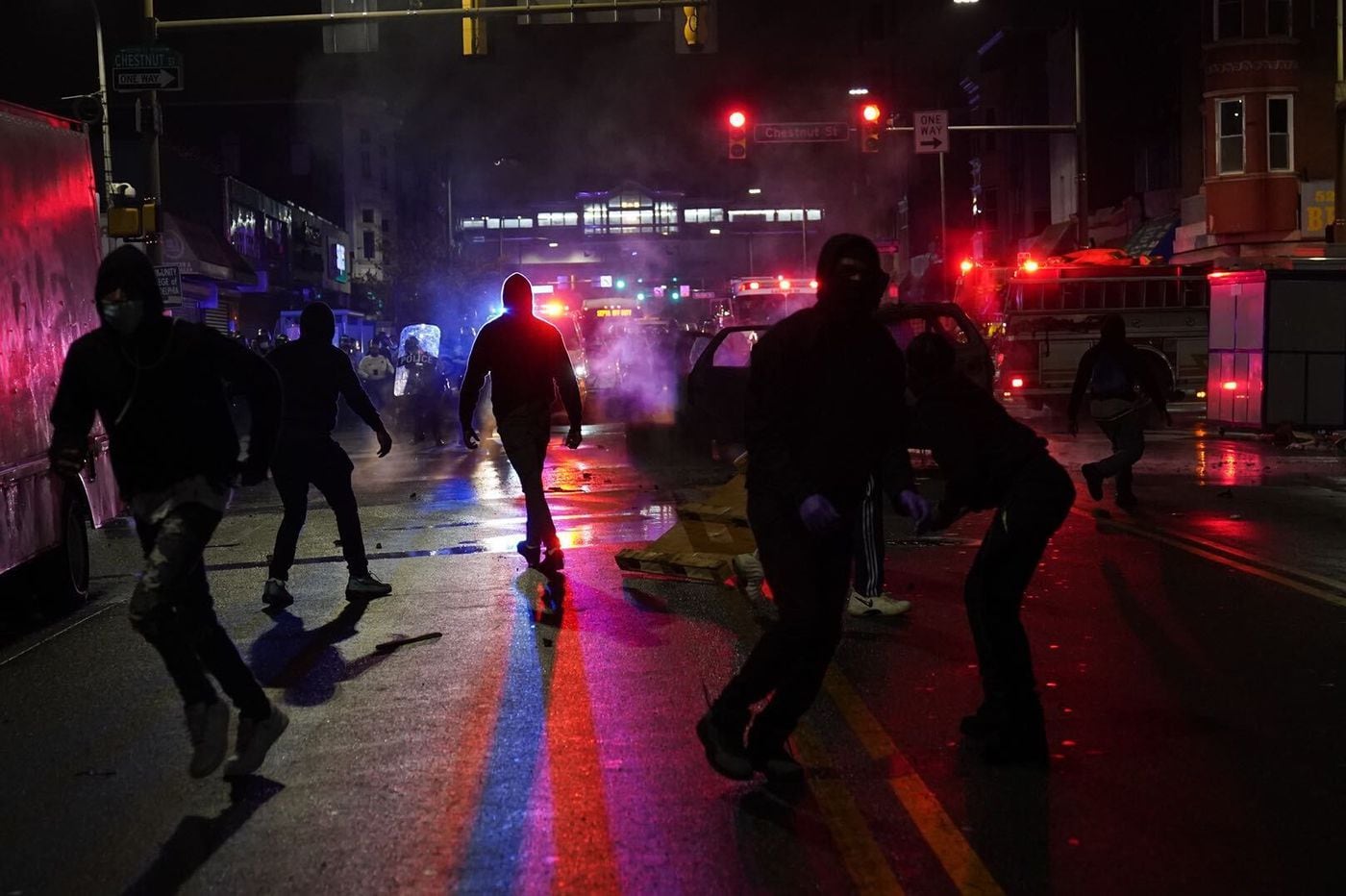
Police officers fatally shot a 27-year-old Black man armed with a knife during a confrontation Monday afternoon in West Philadelphia, an incident that quickly raised tensions in the neighborhood and sparked a standoff that lasted deep into the night.
Late Monday into early Tuesday, police struggled to respond to vandalism and looting along the commercial corridor of 52nd Street, an area that was the scene of clashes between police and protestors earlier this summer. At least one police vehicle was set on fire Monday night and destroyed, and several police officers were injured by bricks or other objects hurled from the crowd. One officer was hospitalized after getting run over by a speeding truck.
The episode began shortly before 4 p.m., police said, when two officers responded to the 6100 block of Locust Street after a report of a man with a knife. Family members identified him as Walter Wallace Jr.
A video posted on social media showed Wallace walking toward the officers and police backing away. The video swings briefly out of view at the moment the gunfire erupts but he appeared to be multiple feet from them when they fired numerous shots.
Police spokesperson Sgt. Eric Gripp said the officers had ordered Wallace to drop the weapon, and he “advanced towards the officers.” Gripp said investigators are reviewing footage of what happened. Both officers were wearing body cameras.
He said both officers fired “several times.” After the man was shot, he fell to the ground, and Gripp said one of the officers drove him to Penn Presbyterian Medical Center, where he died.
Walter Wallace Sr., the man’s father, said his son appeared to have been shot 10 times.
“Why didn’t they use a Taser?” the senior Wallace asked outside a family residence on the block. “His mother was trying to defuse the situation.”
He said his son struggled with mental health issues and was on medication. “He has mental issues,” Wallace said. “Why you have to gun him down?”
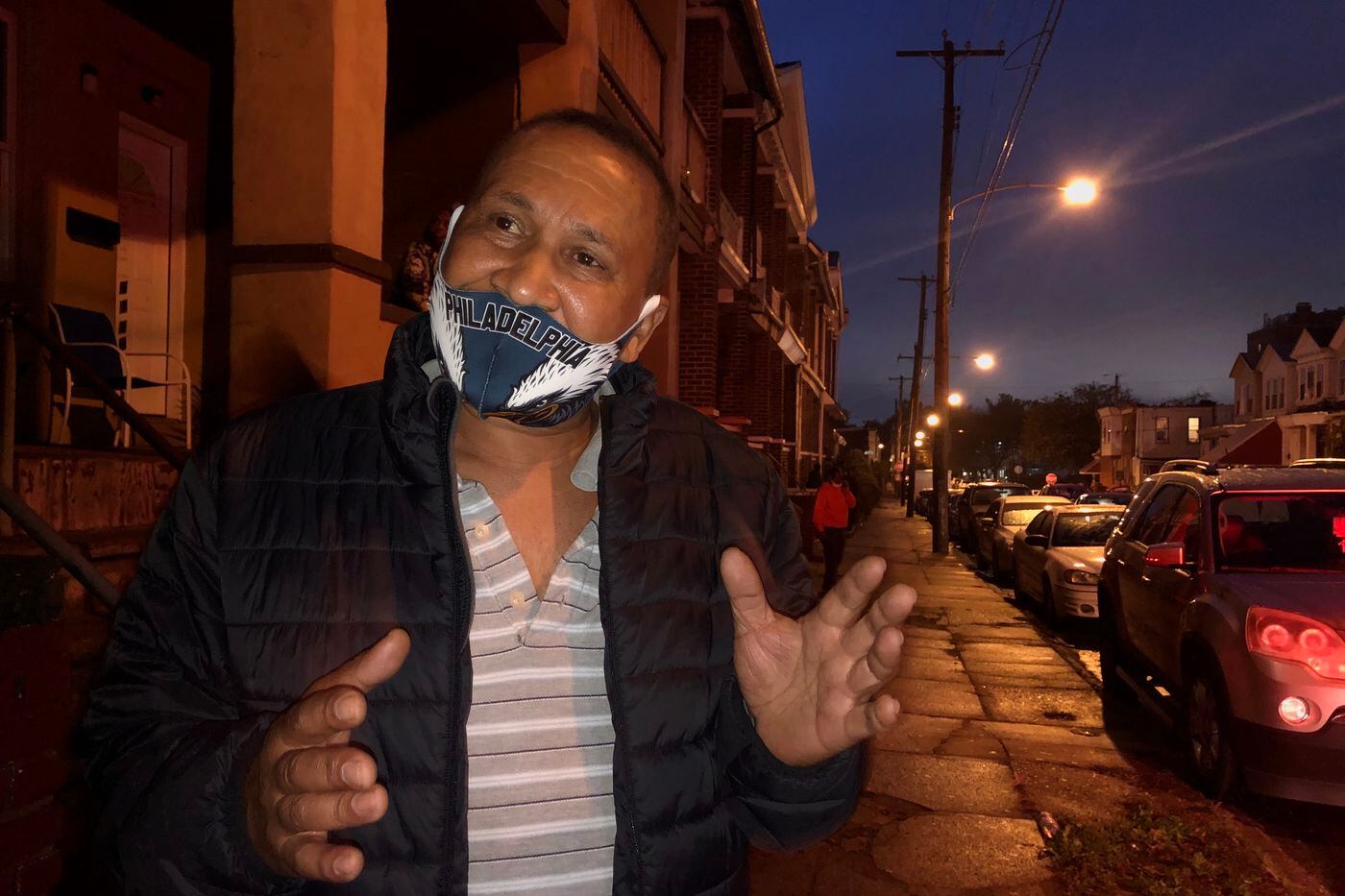
One witness, Maurice Holloway, said he was on the street talking to his aunt when he saw police arrive. Wallace had a knife and was standing on the porch of his home, Holloway said, and officers immediately drew their guns.
Wallace’s mother chased after him as he walked down the steps of his porch, still holding the knife, according to Holloway. His mother tried to shield Wallace and tell police he was her son.
“I’m yelling, ‘Put down the gun, put down the gun,’ and everyone is saying, ‘Don’t shoot him, he’s gonna put it down, we know him,’” said Holloway, 35.
Wallace brushed off his mother and walked behind a car before emerging again, Holloway said.
“He turns and then you hear the shots,” Holloway said. “They were too far from him; it was so many shots.”
Gripp said it was unclear how many times the man was shot or where he was struck. The officers fired possibly a dozen or more times, according to an account by witnesses and family members. Police marked the crime scene with at least 13 evidence markers.
Both officers, who were not publicly identified, were taken off street duty pending an investigation.
Police Commissioner Danielle Outlaw arrived at the scene shortly after the incident as a crowd of neighbors yelled at police and questioned the use of force. By 6:30 p.m. police reopened the street and the crowd had largely dispersed.
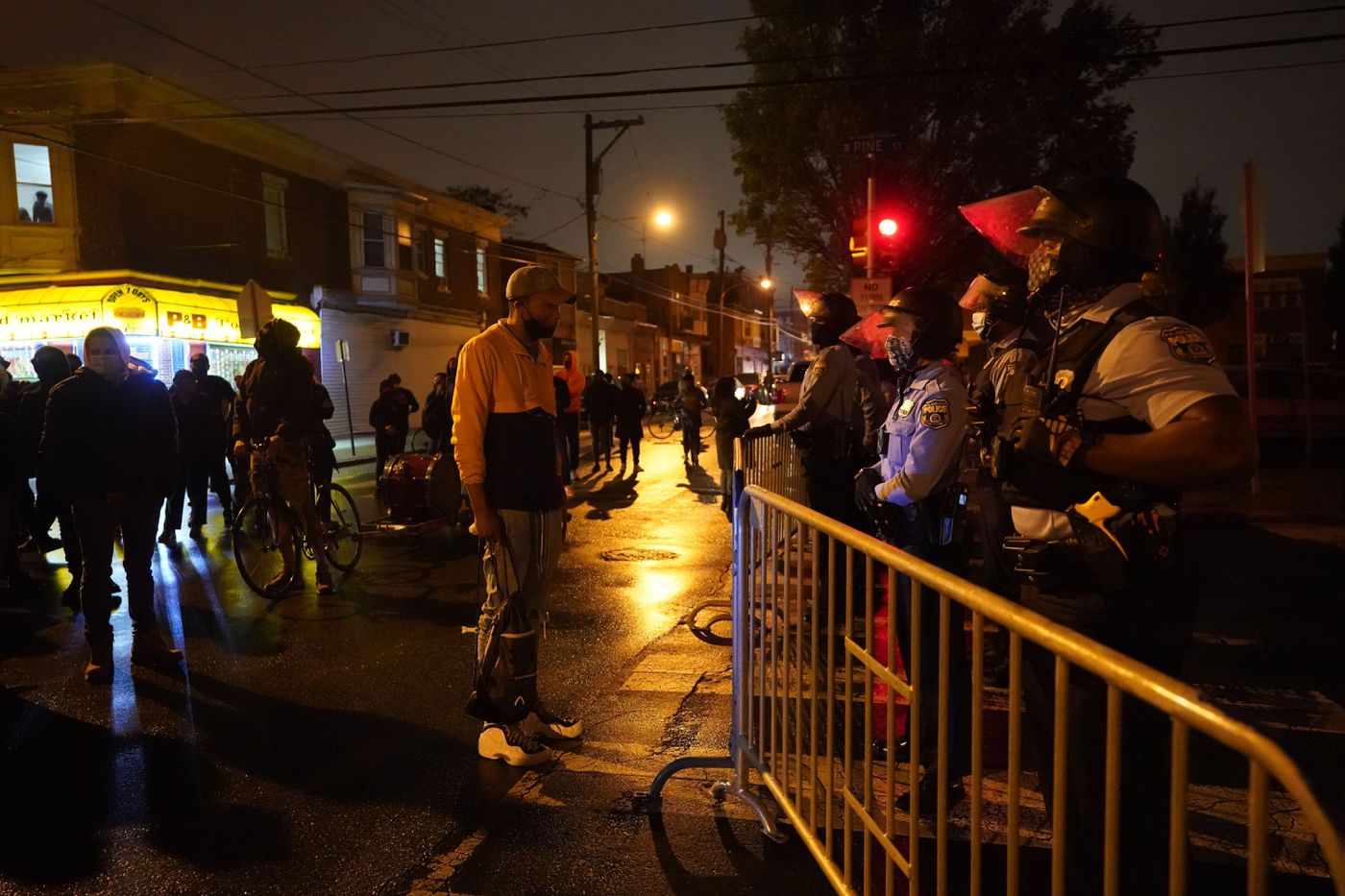
But dozens of protesters then gathered at Malcolm X Park at 51st and Pine Streets, chanting “Black Lives Matter.” They marched to the police station at 55th and Pine Streets as they chanted, “Say his name: Walter Wallace.”
For hours, protesters confronted officers who stood in a line with riot shields behind metal barricades at the station. People in the crowd could be seen throwing objects at the officers. A group also marched into University City, at least one TV news vehicle was vandalized, and police reported that windows had been broken on Chestnut Street.
Between 100 and 200 people then moved to the 52nd Street commercial district and caused considerable property damage from Market to Spruce Streets. Shortly before 1 a.m., a speeding black truck ran over an officer at 52nd and Walnut Street. The incident was captured on an Instagram livestream. The condition of the officer was not immediately known.
The 52nd Street corridor was the scene of unrest on May 31 and early June as nationwide protests erupted over the police killing of George Floyd in Minneapolis. Protesters clashed with Philadelphia officers and set police vehicles on fire; police responded with rubber bullets and tear gas on residential streets. Since then, the police department has forbidden the use of tear gas.
At times Monday, the scene threatened to repeat. Just before midnight, someone set fire to a police vehicle on the street. Ultimately, more officers in riot gear arrived and flooded the neighborhood, dispersing the crowd.
from Philly ABC
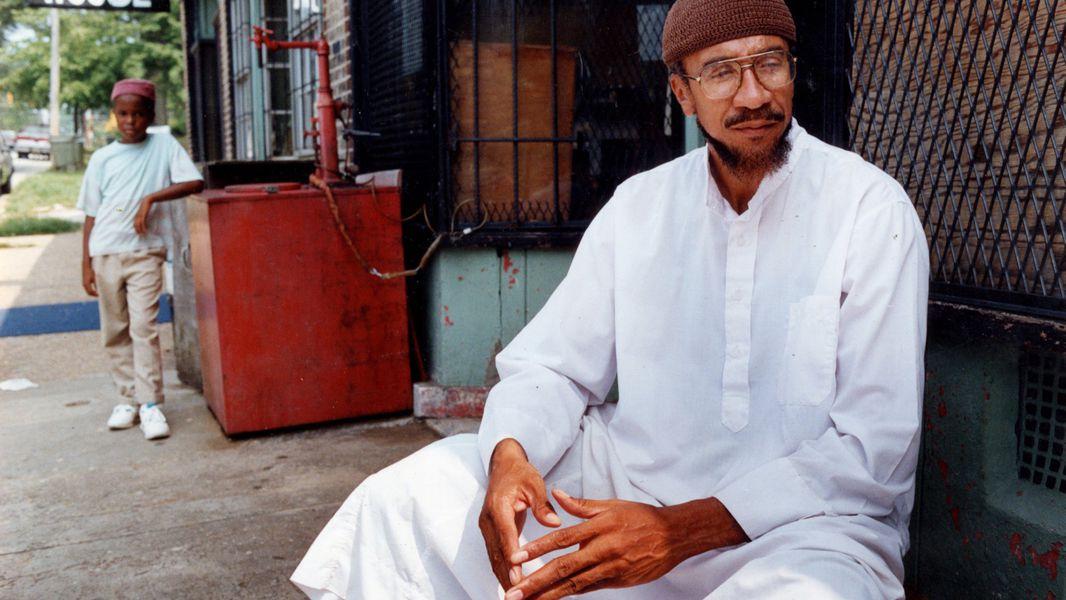
Join us on Monday, October 26th, 5:30 pm at the picnic bench just north of the playground at Clark Park. We’ll be writing letters to Imam Jamil Abdullah Al-Amin (formerly H. Rap Brown).
Jamil became known as a Black liberation leader as the chairman of the Student Nonviolent Coordinating Committee and Justice Minister of the Black Panther Party. In the early ’70s, he did five years as a political prisoner before being paroled in 1976. Upon his release, he moved to Atlanta, GA and led one of the nation’s largest Muslim groups, Al-Ummah. He is known to have greatly improved social services to the West End community in Atlanta.
From 1992 to 1997, the FBI and Atlanta police investigated Imam Jamil in connection with everything from domestic terrorism to gunrunning to 14 homicides in Atlanta’s West End, according to police investigators’ reports, FBI documents and interviews. On March 16th, 2000, Fulton County Deputy Sheriff Ricky Kinchen is shot and later dies, while another deputy Aldranon English is wounded after being shot by a man outside Imam Jamil’s store. English identified the shooter in the March 16th incident as Imam Jamil, yet testified that he shot the assailant — who “had grey eyes” — in the exchange of gunfire. Imam Al-Amin’s eyes are brown, and he had no gunshot injury when he was captured just four days later.
Now that Fulton County has a Convictions Integrity Unit, there is a good chance that Imam Jamil’s case will be reopened due to the known incongruities. This is doubly important because he has medical challenges — symptoms of Sjogren’s syndrome and smoldering myeloma (a form of blood cancer) as well as untreated cataracts. Due to his eyesight, write letters to him in large print if you are participating remotely.
Snacks and all the letter-writing supplies one could wish for will be provided. We will also sign birthday cards for political prisoners with birthdays in November: Ed Poindexter (the 1st), Joe Dibee (the 10th), and Josh Williams (the 25th).
from Mainstream Media

An anticapitalist group taking part in what it called the “Summer of Rage” has claimed responsibility for unrest that erupted near the University of Pennsylvania campus Tuesday night, leaving windows smashed and prompting campus police to warn students and staff to remain indoors.
Roughly 60 people in black clothes and donning black masks gathered at Clark Park, near the intersection of 43rd Street and Baltimore Avenue, and began marching just before 9:30 p.m., campus police said. They quickly cut a swath of damage along 40th Street — building barricades, vandalizing several buildings and a marked Penn police car — before dispersing about 40 minutes later.
In their wake, several businesses were left damaged along 40th Street, including a PNC bank, a coffee shop, a pizza parlor, a bar, the Free Library branch at 40th and Walnut Streets, and a university residence hall that was spray-painted with the phrase “Nerds Call 911.”
A post that appeared Wednesday morning on Philly Anti-Capitalist, a clearinghouse for local antiauthoritarian and anarchist groups, and submitted by a person claiming to be an organizer of the demonstration, declared the event a success.
“Over 45 people marched through the streets chanting and smashing windows of banks, business and developments,” the post read. “There was a surprising amount of destruction.”
It went on to describe demonstrators using barricades to elude police intervention and covering identifying tattoos and facial features to avoid detection by authorities.
Philadelphia police declined to comment on whether their investigation of the vandalism was focused on the “Summer of Rage” group, saying only that the probe continues. Penn police didn’t respond to requests for details.
But as business owners and university staff boarded up windows, cleared broken glass from sidewalks, and power-washed antipolice and anarchist graffiti off building walls Wednesday morning, many were still trying to figure out exactly what had happened. Most of the businesses along the corridor were closed when the destruction began.
Submission
The Solidarity with Kenosha, WI demo was more impressive than usual. People met up, discussed the plan, and started promptly. Escalation started right away and continued as a group of over 45 people marched through the streets chanting and smashing windows of banks, business and developments. There was a surprising amount of destruction. One of the most impressive things though, was the strong collective intelligence. There was good communication, barricading, and improvisation. People were decisive about both sticking to the plan and being flexible. Folks caught and lost a police tail and dispersed smoothly due to barricades and quick decision making all the while staying level headed and tight in stressful moments.
We really appreciate everyone who showed up and their energy! The more we do this, the better we get!
Also here’s two things we think we could get better at: Staying in the streets, not on the sidewalks and covering up better (this includes eyebrows, bangs, tattoos etc.) 🙂
Solidarity with trash workers and the recent storm leaving us ample debris.
Solidarity with anarchist prisoners, Kenosh Wisconsin, and everyone consistently turning up and inspiring us.
Black Lives Matter
RIP George Floyd
Get better Jacob Blake
The only way to end police brutality is to end police
“We will destroy, laughing
We will commune, laughing
We will get free, laughing”
– The 3rd Annual Summer of Rage
from Philly ABC
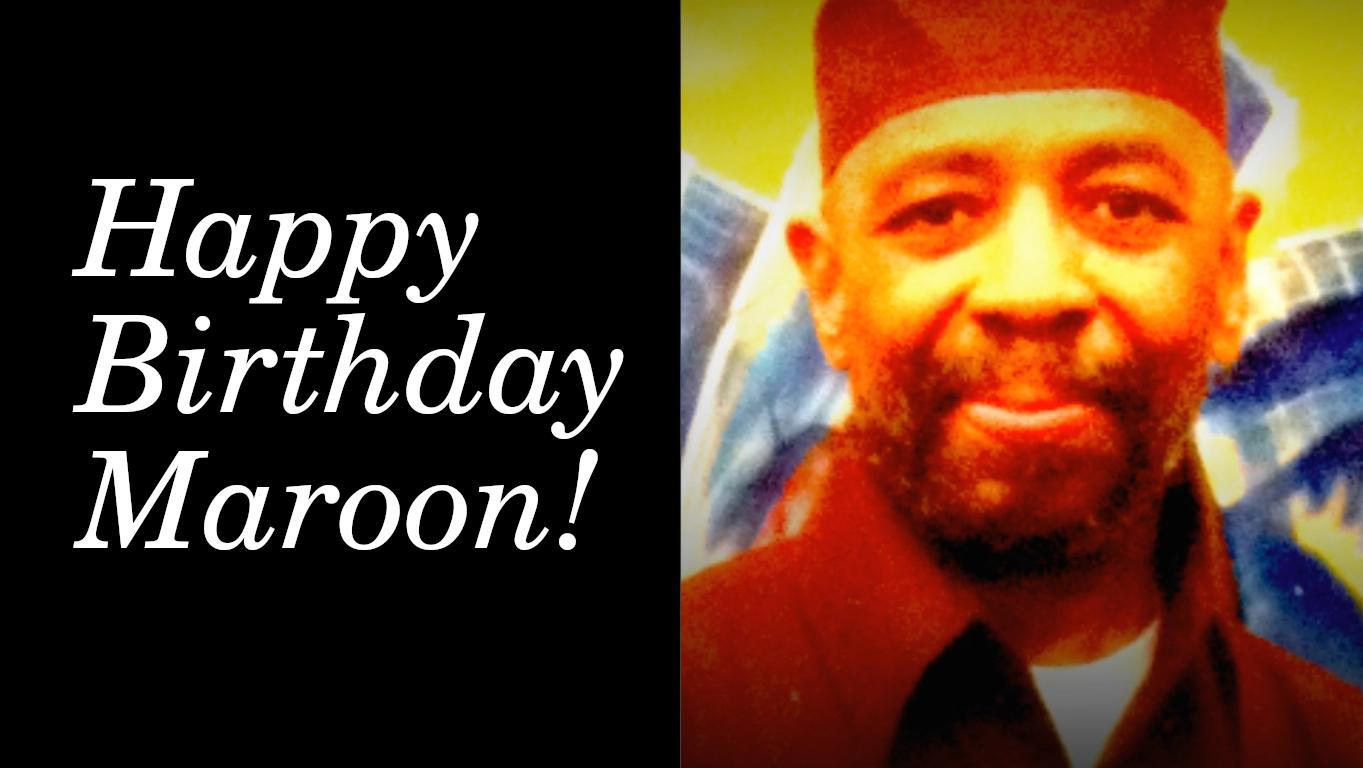
Sunday 8/23, 4:30pm
Malcolm X Park–
This month’s letter-writing event will be a special Black August edition on Sunday August 23rd, the 77th birthday of Black Liberation prisoner Russell Maroon Shoatz. Join us in signing conscious birthday cards, talking about his case and history of struggle, and engage in political education through a raffle!
The PE raffle prizes are four pairs of Nike shoes that were donated in support of this event:
Nike Flight Legacy Men’s size 9 – white/black/red
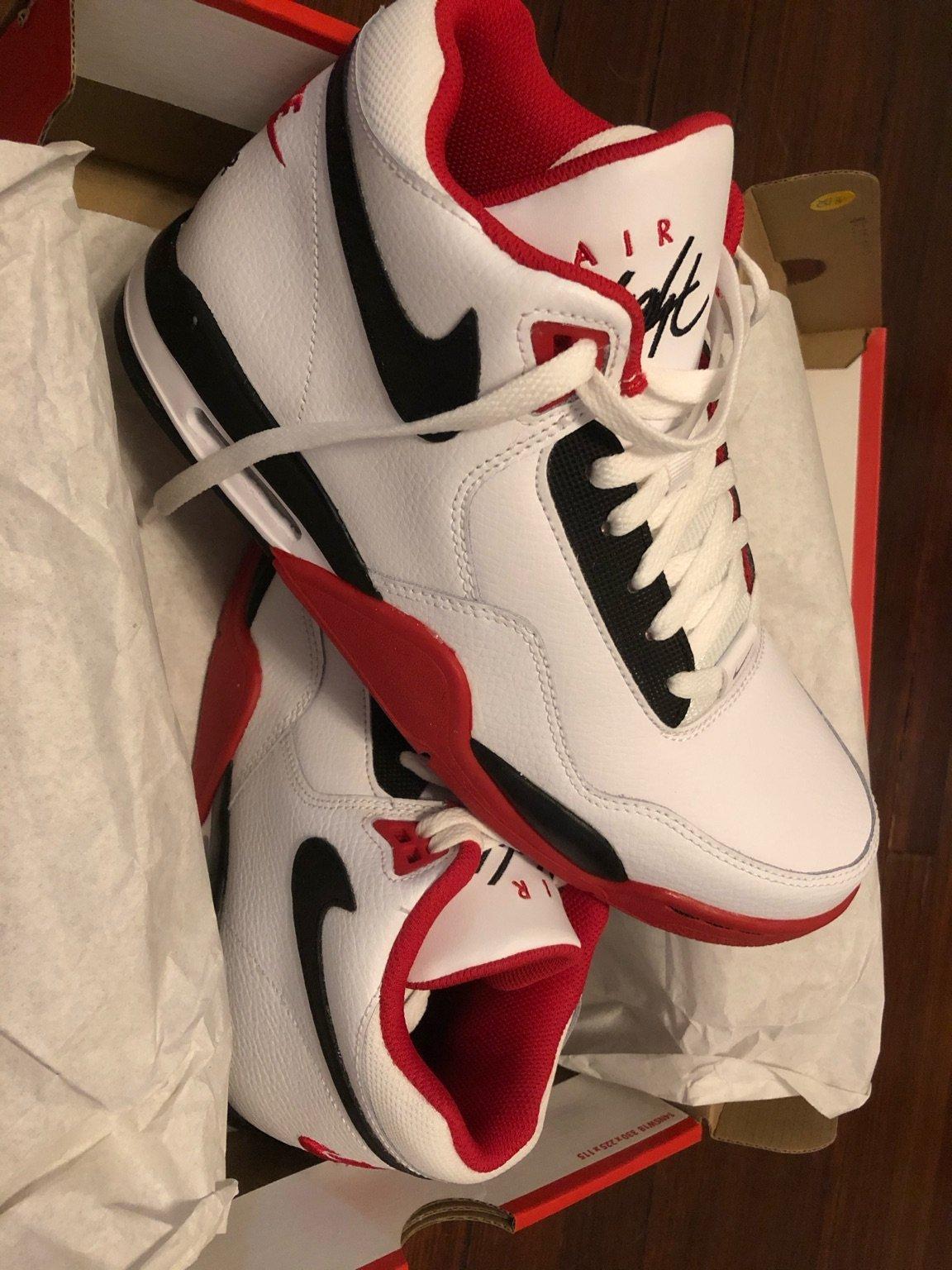
Nike Air Max Excee Men’s size 8.5 – black/white/dark grey
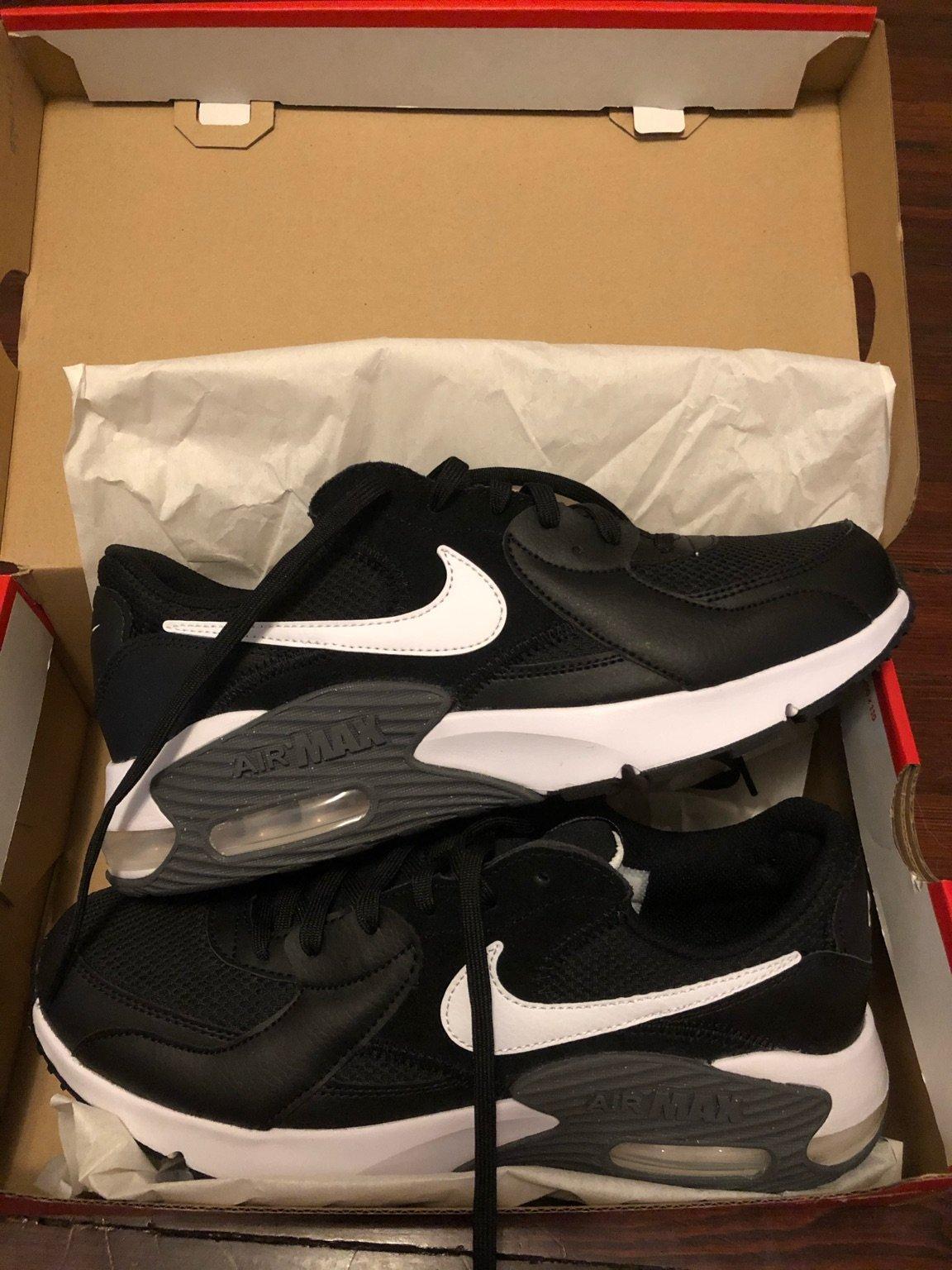
Nike Fly By Low II Men’s size 11.5 – black
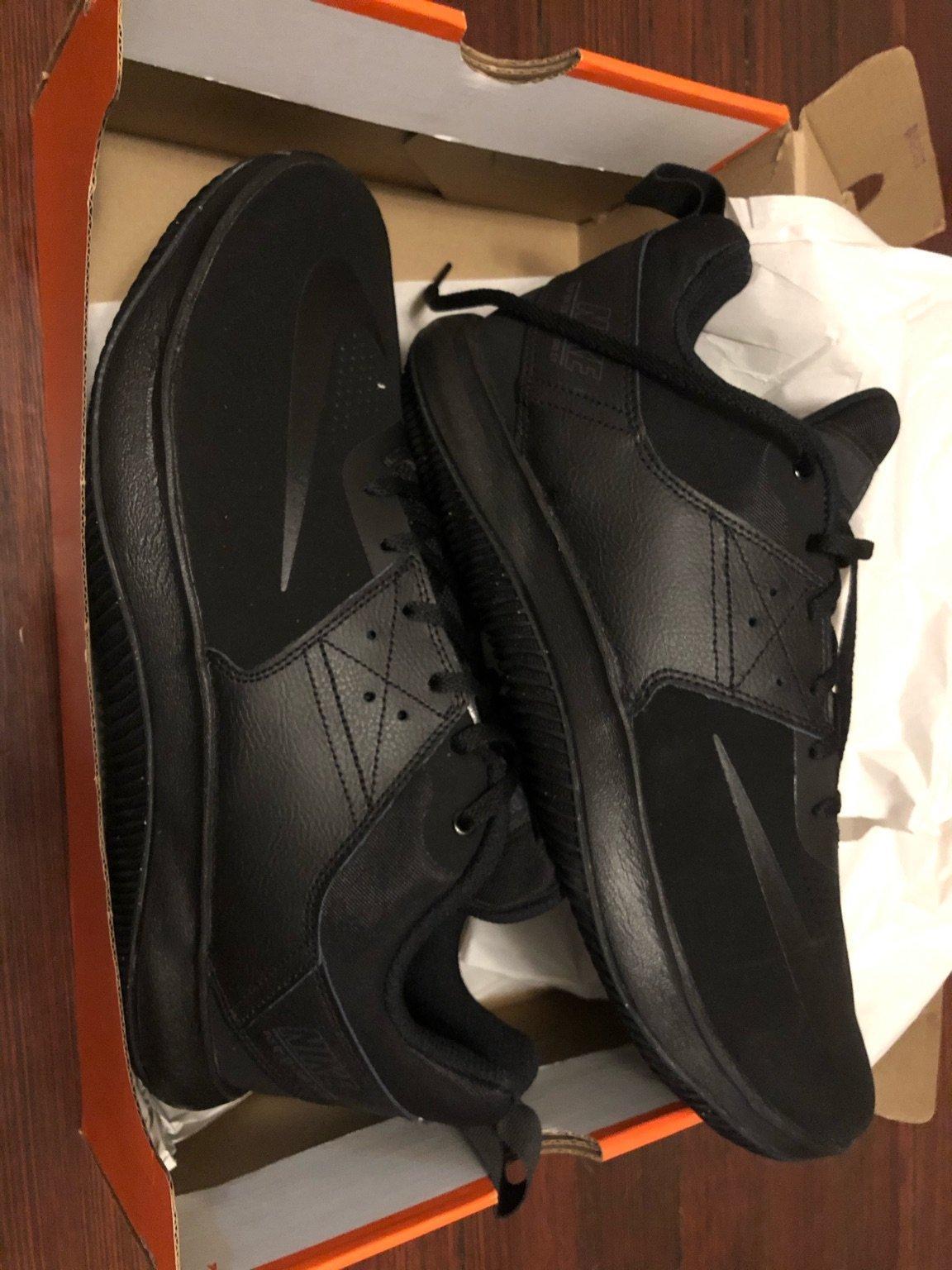
Nike Bendassi JDI Women’s size 10 – black/rose gold
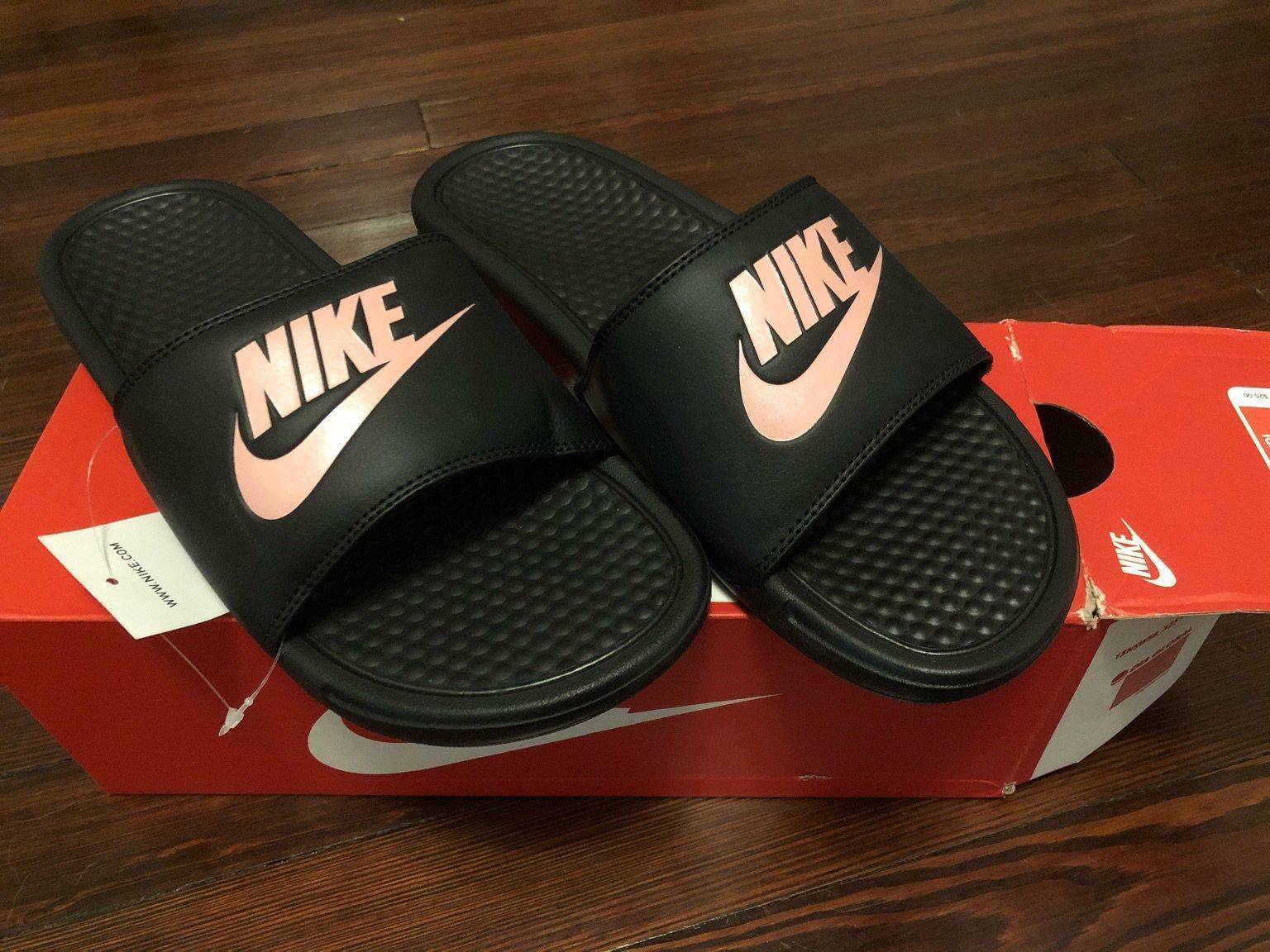
If you win a pair of shoes in your size, great! Otherwise you can trade or give to someone that fits them. The raffle is a way to engage in Black August study, with each ticket containing information on related topics. We look forward to the discussions that carry on after!
We’ll also be making announcements about the upcoming 5K in Maroon’s honor, as the registration deadline is the following day (Aug 24). If you want to participate but haven’t registered yet, you can do it here! We’ll be happy to answer any questions you have and go over logistics. This will also be a good opportunity to submit tabling requests for the event, if you have material you would like to share.
We look forward to seeing you at this special, Black August edition card writing event for Maroon!
from Facebook

WHAT: Black August Reading & Discussion Group
WHEN: August 21, 2020 @ 7 pm est
WHERE: Video meeting, link will be provided day of
Black August acknowledges the fallen comrades that die, sacrifice and struggle for the self-determination and liberation. Black August originated in the California penal system to honor fallen Freedom Fighters, Jonathan Jackson, George Jackson, William Christmas, James McClain, and Khatari Gaulden. Jonathan Jackson was gunned down outside the Marin County California courthouse on August 7, 1970 as he attempted to liberate three imprisoned Black Liberation Fighters: James McClain, William Christmas and Ruchell Magee. Ruchell Magee is the sole survivor of that armed liberation attempt. He is the former co-defendant of Angela Davis and has been locked down for 47 years, most of it in solitary confinement. George Jackson was assassinated by prison guards during a Black prison rebellion at San Quentin on August 21, 1971. Three prison guards were also killed during that rebellion and prison officials charged six Black and Latino prisoners with the death of those guards. They became known as the San Quentin Six.
On July 8th, 1971, Angela Davis and George Jackson met in a holding cell beside a courtroom in the Marin Civic Center in the company of two attorneys and an outside observer. It was the first time that they would be in the same room together for an extended period of time. About a year earlier, Davis had seen Jackson when she attended his pre-trial hearing. She had been organizing to free the Soledad Brothers. After their July 1971 meeting, Angela Davis began to write a series of letters to Jackson. On August 27, 1971 The LA Free Press published commentary by Angela Davis on George Jackson’s death.
On August 21, 2020 at 7 pm we will honor these fallen Freedom Fighters by reading commentary written by Davis and discussing themes such as prison rebellion and solidarity.
Link to article: http://jfk.hood.edu/Collection/White%20Materials/San%20Quentin/San%20Quentin%20078.pdf
“Settle your quarrels, come together, understand the reality of our situation, understand that fascism is already here, that people are already dying who could be saved, that generations more will live poor butchered half-lives if you fail to act. Do what must be done; discover your humanity and your love in revolution.” ― George L. Jackson
from Unicorn Riot
[This post only contains information relevant to Philadelphia and the surrounding area, to read the entire article follow the above link.]
Meanwhile in West Philadelphia, thousands gathered at Malcolm X Park for their annual ‘Jawnteenth’ celebration. Philly’s Jawnteenth is a “Juneteenth celebration of Black joy, freedom, and resistance.” The terminology of “Jawn” is a Philly slang descriptor for nouns.
The festivities in Philly included food, community resources, DJs, horses, and the Positive Movement drumline.
After a celebratory march, Krystal Strong from the Black Radical Organizing Collective read demands from the community, some of which included freedom for political prisoners, an abolition of the carceral system, the firing of ‘killer cops,’ the dismantling of police, and more funding for schools and communities.
As the United States starts to wrestle with its historical ills, Juneteenth celebrations in Minneapolis and Philadelphia showed the resilience and self-determination of a community which has endured more than 400 years of systemic oppression by the colonialist settler regime that still reigns today.
Disclaimer: The author is a former employee of WE WIN Institute.
Submission
At the beginning of the summer some Philly anarchists were interviewed by some German comrades regarding recent events in the States. This is the transcript of that interview.
How do you explain that the riots and social unrest spread and
intensified so fast in the last month? Do you think the lockdown had an influence on it?
0: I think that coronavirus had a lot to do with it. Before corona people around the world were in revolt and the US was just watching. Hong Kong and Chile and Canada seemed to be going off and people were paying attention to that and learning and talking about it. When the pandemic hit people here lost a lot of work and there was not as much for anyone to do. The protests and riots were a much appreciated break from the quarantine, people got to finally go outside and be together after months, and it was more accessible than if everyone had to be at work.
In other circumstances people would be tied up in work, school, and a larger social life. When the uprising started there weren’t too many places you could be, you could stay home, go for a walk, or go to a riot or protest.
X: I agree, and also think the tension has been building up for some time; and I mean that in a bigger sense than the usual upheaval as pressure release. Many have said that these have been the biggest riots in the States since Martin Luther King Jr was assassinated in the 60’s – so I think in addition to the obvious white supremacy, and the stagnation and poverty under quarantine, there is a growing existential dread from the very real threats of global pandemics, climate catastrophe, fascist terror, rape culture, and many other such things that similarly propelled those global revolts several months ago.
&: Yes, I agree coronavirus was part of the building up. It was a strange, nonlinear build up where many people spent the weeks before trying to figure out how to adapt to isolation and social distancing. Under normal circumstances, you can fantasize about what you would do when the time came to rebel and even speculate about likely time to act. For me, anyway, the virus creates circumstances where it was almost impossible to imagine regularly leaving the house, let alone taking the streets. The virus laid the groundwork for some of the conditions of the riots, creating almost strike-like conditions. But at the same time, there was no clear path to take advantage of them. On the one hand, I think this meant that the activist organizers were not immediately positioned to channel the events in Minneapolis into an ongoing campaign or strategy – allowing for better conditions for a riot. On the other hand, when people watched the news coming out of Minneapolis from their “pods,” they saw these massive self-organized crowds as if they were seeing them for the first time. The sudden, renewed ability to imagine being in the streets together was like realizing how thirsty you are when someone offers you a drink.
It didn’t hurt that, once everyone met up in the streets, many of them were wearing masks. The riot happened right around the time that masks became a normal precaution. Wearing masks took a while to catch on and then kind of went out of style once it got really hot. I hope it gets normalized again.
How was the experience in your local context?
0: In Philly things went wild the last Saturday of May. Center City had intense rioting and looting. People set fire to police cars and stores, fought with the police, and broke into and took merchandise from so many stores. Graffiti against the police was everywhere and many banks were smashed. That night and the next day the rioting spread to other neighborhoods. Stores and malls around the city were looted for the next few days and nights. 52nd St – a main commercial street in West Philadelphia – was the site of clashes with the cops and looting. After that the National Guard came to the city and things slowed down some. There are still protests everyday all over the city but they are calmer and less combative than the first weekend.
Other struggles also escalated briefly while the rioting happened. A labor struggle at a cafe in West Philadelphia was intensified when the cafe was vandalized multiple times and had to end up closing. Gentrifiers in West and South Philly were attacked during the nights immediately following the riots. Mutual aid projects related to homelessness and coronavirus continued while shifting their attention to the uprising.
Housing and homelessness related organizing has seen a big escalation. On one hand a tent camp has been set up right outside of Center City and is growing everyday. On the other hand individuals and families are squatting in city owned properties as a reaction to corruption in the Philadelphia Housing Authority. Both the camp and the squatters are asking for permanent low income housing. This kind of thing would have seemed much more difficult without the context of the uprising.
X: Yeah, there were a few wildcat strikes happening at different businesses that seemed to fit into the slow reduction of combativeness, with at least one still happening. The farther we get from the initial rupture, for that matter, the smaller and more trivial noted actions become.
&: In a similar vein, healthcare workers, anarchists and others tried to occupy an abandoned hospital the other day. It was to be an occupation of the exterior of the building and provide a free clinic. The Hahnemann hospital notoriously remained closed during the pandemic because the investment banker who owns it refused to rent it for an affordable price. The demonstration was more aggressive than most pre-riot demonstrations: the crowd shouted anti-police chants and barricades were rapidly set up to block police in the street leading to the hospital. However, the turn out was much smaller than expected and the police response came swiftly. The occupation was abandoned before the riot police got into formation. So, there are continued attempts at escalation even while crowds are dwindling.
You think anarchists were ready (analytically and materially) and could seize occasions to escalate the revolt?
0: I think many anarchists were surprised at the speed and intensity of the revolt. Many anarchists participated and brought their special knowledge and skills to the table, but I do not think that anarchists were the ones escalating the revolt for the most part. Anarchists out during the revolt were fighting and rioting shoulder to shoulder with other people, many of whom were much more prepared to escalate the situation than anarchists were.
X: We were in the mix, sharing some practical on-the-ground skills, but to some degree I think we were just chasing the intensity. I agree we largely weren’t the ones escalating the revolt, and in fact some participants seemed distrustful of us. There’s also not much of a culture of rioting here, in part because of the whitewashing of history that we’ve long contested, but we don’t have enough of a reach for that to make a significant impact. I think those combination of things, too, meant we weren’t always thinking strategically about our strengths or the state’s weaknesses – though again, in the grand scheme of things, this wouldn’t necessarily prolong the revolt nor significantly weaken our opponents.
&: Yes, I agree. The riot unfolded in a way that exceeded many anarchists’ skills and experience, including my own. At first, the major demonstration followed a familiar – if unforeseen – pattern: a large march made it possible for small groups to fight police and destroy cop cars. I was actually surprised by the amount of cop cars burned and the number of people taking part. At the same time, it was the kind of action – a combination of march and riot – that anarchists are known for in America. It is impossible to say if anarchists were responsible for some of the initial escalations during the demonstrations. What’s clear is that the riots quickly became too decentralized for any one group to be at the center. The looting began, to my knowledge, in the streets near the initial demonstration. But once it began there was a proliferation of flashpoints. It was sometimes difficult to find out where things were happening and, for some time, things were happening at multiple sites at once. The riots took on a shape unlike anything I had been in before.
What forms of recuperation are used and by which actors? And are they successful to channel the uprising back into reformist/democratic discourses?
0: The police and activists sympathetic to them were seen kneeling during demonstrations, a symbolic gesture against police brutality. Many liberals and people on the left are using the popular dissatisfaction to advocate for voting, as though a new politician will change the police. Less often but still present are families of some of the victims of those killed by this racist society who ask that the police investigate and bring to justice the killers.
More insidiously there is a recuperation that masks itself as anti-racism. There are people (black and not) who urge white and non-black people to follow black leadership. The black leadership these people are talking about is always more conservative than the uprising itself. The leadership is always moderate, riotous youth or black revolutionaries are of course never referred to as leadership by these people. This kind of narrative is effective at stopping people who would otherwise take radical or combative action (alongside black people who are already doing the same) by pushing them to feel guilty for not obeying the wishes of black moderates.
&: Not only are riotous youth and black revolutionaries not considered “leadership,” they have been intentionally excluded from the narrative. One way this happens is by replacing them in the narrative with agent provocateurs. Every time something gets broken, burned, or out of control, there’s a corresponding movement to blame it all on agents, provocateurs, outside forces etc. This is in some ways a strategy of recuperation since it seems to be motivated by the desire to separate these bad actors from the respectable protests and their demands. Yet, it’s not exactly a strategy since the there really isn’t a fully-formed activist strategy to recuperate the riots yet. Instead, this attempt to recuperate recent events treats the rioters as a confusing mish-mash of conspiracies. These conspiracy theories stand in for the absent recuperation strategy. Conspiracy theories are spread by a variety of actors–they are not a cohesive group. They are a reserve army of a yet-to-be-initiated activist campaign.
What role play abolitionist ideas (to abolish the police, prisons, etc.) ideas that may be in favor of riots since they bring a topic into focus but at the end of the day pursue a /political/ goal? Is there also a discourse (on the street) around destruction of all power structures?
0: Abolitionist ideas have played a strong role in the uprising. Although the initial cry rang out as “fuck 12” it was quickly turned to “defund/disempower/disband/abolish the police”. Many of the abolitionists imagine on one hand asking people around them to pick up strategies for dealing with life without the police (transformative justice, not snitching, bringing in social workers, etc) and on the other hand asking the government and institutions to disempower police (less money for police, no police in schools, less equipment for police, etc). Many abolitionists understand the rage of people attacking the police but do not imagine that people will remove police themselves and rely on making demands.
Much of the graffiti that came out of the revolt was more pointedly for the destruction of the police. Slogans like “fuck 12,” “acab,” “kill cops,” and “fuck the police,” were all over the walls. The people who push to destroy as opposed to abolish the cops are less present in the discourse but were very present in the street during the rioting. The anarchists continue to push an anti-police anti-prison narrative via a recent noise demonstration outside a prison and via posters and graffiti.
What does it mean that individuals or groups be they militias, gangs or maybe even revolutionaries are armed that heavily in such a situation?
X: We don’t see a lot of it, by our standards, and a lot of it is posturing for the sake of an image. Gun culture is also far less of a thing on the left, or even in anarchist circles.
Much of the “gun control” legislation that has been passed historically serves to disarm the most marginalized people, not least of all Black militants. In the state of North Carolina, for that matter, where it is legal to walk around carrying a gun, a group of black men were recently arrested for doing so at a protest, while there were many instances of white conservatives showing up armed and shaking hands with police.
When it is more than a symbolic gesture toward militancy, though, it often shows how much of a disadvantage those against the establishment are at, since even civilian establishment supporters are much better armed than us and often more willing to use violence. In a larger sense, we see a far-right tendency among mass shooters who obviously cannot be reasoned with. As such, it should mean that anarchists should be better armed and trained, but there are also a lot of hurdles to legally being allowed to carry a weapon most places – including police approval in our city (for which you can be denied based on “character” alone).
What comes next: generalized insurrection, civil war or smart dictatorship?
X: The United States has been extremely successful in pacifying its citizens over the last century; even those moments of rupture that do occur usually serve as more of a pressure release valve followed by reforms that sneak in additional criminalization of protest tactics (i.e. The Anti-Riot clause of the Civil Rights Act of 1968). The surveillance state continues to expand, furthering a smart dictatorship as democracy, but tensions continue to build.
The proliferation of radical ideas (i.e. abolition) in the mainstream is a useful basis of discussion, but as always it’s coupled with a demonization of anarchists, limiting our impact.
Unfortunately, even though I never want to defer to politicians or their lackeys (voters), I think the presidential election in November will be a deciding factor. If the incumbent is reelected we might see attempts at insurrection, whereas if he loses we might see armed white supremacists take the streets trying to kick off a civil war – barring other significant crises derailing everything before then.
from Hard Crackers
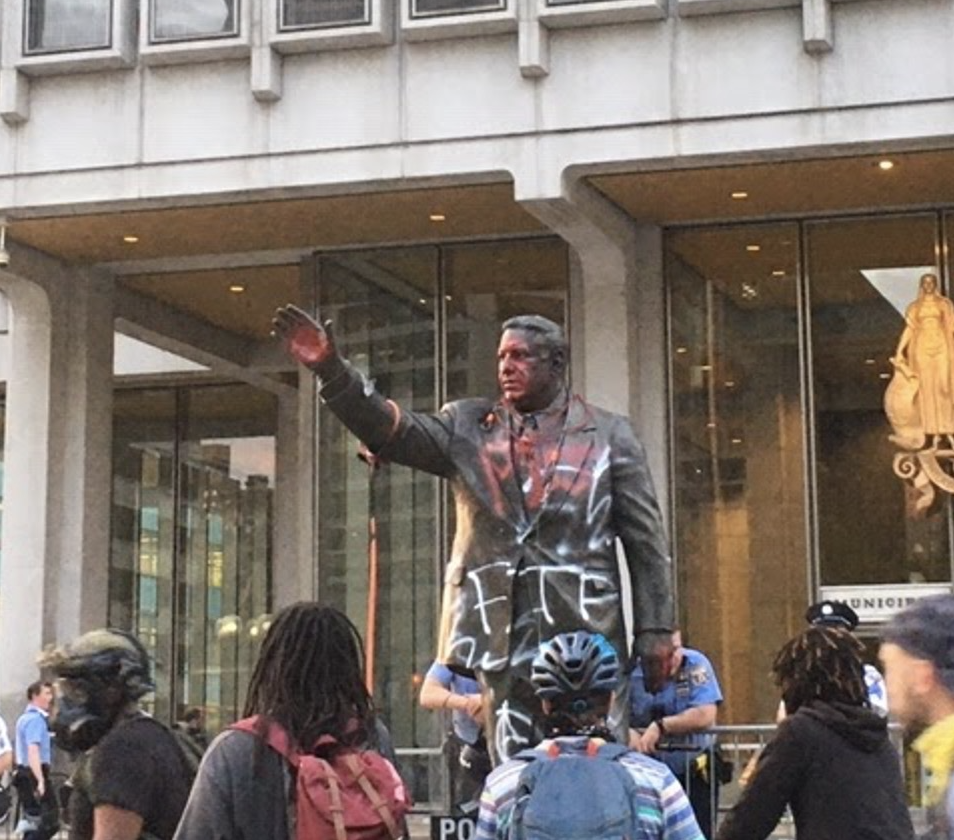
A lot can happen in a week.
On Saturday, May 30, a beautiful sunny afternoon, we joined thousands of others at the steps of the Philadelphia Art Museum to protest the murder of George Floyd by the Minneapolis police. This was the first major protest of Floyd’s death in Philadelphia, the poorest big city in the U.S., now further ravaged by the COVID-19 pandemic. After a short rally, we marched with throngs of people, chanting under our masks. We saw buildings tagged with “ACAB” and “RIP George Floyd.” There was a palpable tension in the air, a simmering rage that was not to be contained.
We were stopped near an on-ramp to the Vine Street Expressway (aka I-676, the highway that passes through Center City). The march seemed determined to get on the highway, but police had blocked the ramp. Over the heads of those in front of us, a young Black woman shouted to the crowd from atop a police SUV. Two young Black men joined her, and they raged against the police, stomping on the roof of the patrol car while everyone cheered and chanted. Soon the police SUV was on fire.
As the car went up in flames, the first of at least four to do so that day, the police pushed us out of the intersection in multiple directions. The crowd stayed loud and strong, pushing back and yelling at the cops. A shirtless guy sat atop a city bus near the intersection, casually eating a bag of chips and watching the chaos.
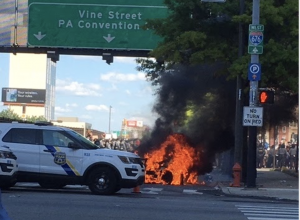 A police vehicle on fire near the on-ramp of the Vine Street Expressway. (Saturday, May 30).
A police vehicle on fire near the on-ramp of the Vine Street Expressway. (Saturday, May 30).
After failing to get on the highway, we changed course toward City Hall, where things were already happening. At the Municipal Services Building, the long-reviled statue of notoriously racist former police commissioner and mayor Frank Rizzo was splashed with red paint and “FTP,” a rope tied around its extended right arm. Many tried valiantly to pull down or burn down the statue, but it remained stubbornly in its place. A formation of police officers guarded the building, occasionally pepper-spraying someone because they felt like it, but mostly ignoring what was happening with Rizzo.
Nearby, while about 10 cops guarded a TD Bank, three more police cars went up in flames in the street. Fireworks exploded into the thick smoke, and the crowd cheered. An outdoor cafe and a “pop-up” Starbucks next to City Hall were set aflame, the latter pretty much gutted by the time firefighters got near. They couldn’t get closer, as the crowd was content to let the Starbucks burn. In two decades of attending and organizing various demonstrations, we had never witnessed anything quite like this orgy of joyful rage. And the night was still young.
As the cop cars and Starbucks smoldered, police re-grouped to protect City Hall. We lingered, wondering what would happen next. We noticed excited folks appearing on the scene with boxes of new shoes. A quick walk to the shopping district of Walnut and Chestnut Streets confirmed that “an immense collection of commodities,” as Marx would say – from Apple, Modell’s, Nordstrom Rack, Vans — had been made available for redistribution. Dumpsters and furniture were repurposed as intersection barricades, as people dashed in and out of smashed storefront windows, carrying all they could. Dozens of alarm systems blared out of synch with each other. With people vastly outnumbering cops, we owned the streets and the goods. Mayor Kenney announced an 8pm curfew, but people stayed in the streets–and in the stores—regardless. Graffiti scrawled on the wall of a McDonald’s summed up the night’s joyous vibe: “I’m lovin it.”
The next morning, media predictably decried the looting. Like so many feckless leaders, Kenney and Police Commissioner Danielle Outlaw tried to lay blame on “outside agitators.” Other pieces have already ripped this age-old trope to shreds, but let us state clearly that the vast majority of folks we saw Saturday were Philadelphia’s own.
With traffic closed to much of Center City on Sunday, the protests moved to diffuse neighborhoods across the city. A comrade in West Philly described what unfolded there:
Mid-afternoon, friends and I noticed a lot of police lights flashing near 52ndand Market Street. I took a quick bike ride to check it out. A dozen or so cruisers and vans were parked in the area, and 25 to 30 cops with batons and helmets milled around looking uneasy. A crowd of about 150 was scattered around the intersection, almost exclusively Black and very young. Voices raged against the police. The mood felt tenser and angrier than the previous night’s absurd and almost joyous looting in Center City. I headed home to change and check in with housemates before returning.
By the time I got back, a few trash cans were on fire. The police had formed a tenuous line at 52nd and Chestnut. Chunks of broken pavement and shattered glass were scattered around the street and the police cruisers were dented. Occasionally someone in the crowd tossed something at the police lines. Despite having been split into two parts, one being pushed north and the other being pushed south, the crowd continued to grow. Once it became clear the cops didn’t have enough manpower to actually do anything other than hold a line, the crowd let loose and started looting. A primary goal was the Foot Locker just behind police lines.
After pulling the shutters off a few shops and tipping over some vendor booths, people got bolder and moved up on the police lines. Around this time, a SWAT vehicle with riot cops in black uniforms and gas masks showed up to reinforce the vastly outnumbered cops. A vehicle burned just north of Market Street. Without warning, a riot cop in the armored SWAT vehicle shot a few teargas rounds at the crowd while the others pushed us south on 52nd Street. People were furious and responded by lighting up a building. Inexplicably, the SWAT vehicle left the scene after this. After checking social media, it was clear why: This was happening all over the city! The cops didn’t have enough armor to hold any one place and had to send the SWAT vehicles careening all over the city to reinforce their positions.
Eventually, people forced the police to retreat. They abandoned one of their cruisers blocking the back door to the Foot Locker, which was smashed and entered almost immediately. The SWAT vehicle returned to fire teargas rounds into the crowd of black teenagers looting the Foot Locker. At this point, firefighters had arrived to put out a building fire a few blocks south. It was surreal to see a crowd completely ignore the firefighters, letting them go about their business. The crowd was hyped, but I saw no interpersonal violence. No fighting, just looting or throwing stuff at the cops. Civilian cars moved through the scene without getting so much as a scratch.
The cops were pissed about getting their asses handed to them the night before and were out for revenge. The SWAT vehicle stuck around longer, firing teargas and rubber bullets into the crowd. Their only specific targets seemed to be street medics. One had her helmet shot off her head by a rubber bullet. She was also hit in the arm. They hit a young white woman in the face. With blood pouring from the wound and covering her jeans, people helped her back to the firefighters, who got her to an ambulance. The cops launched another barrage of teargas rounds at us, even though we had been retreating. Multiple teargas canisters landed directly among the firefighters, spinning crazily and spewing gas around the fire trucks. Some firefighters had to abandon the smoldering building to wash out their eyes.
The crowd started dispersing, mostly to loot the box stores on City Line Ave, but the SWAT vehicle stuck around to punish the neighborhood for the uprising. It drove up and down 52nd Street, launching teargas canister after teargas canister down residential side streets. It didn’t matter if anyone was in the street or not, they just gassed people in their homes.
Something noteworthy was the mood and concentration of the rioting and looting. It was extremely focused on 52nd Street from Arch to the north and about Spruce to the south. Drugstores were cleaned out, as were a few dollar stores and vendors’ booths. And of course the Foot Locker. But most businesses were untouched, even ones with large glass windows. Many had painted “Black-owned” across the windows. The library on 52nd Street was not damaged, and the residential neighborhoods were untouched by the crowd, as were civilian cars. Early on, one person threw a rock at a SEPTA bus, but was quickly denounced by the crowd.
On Monday, National Guard troops showed up. The uprisings continued and people again filled the streets. In the early evening, a crowd of thousands halted traffic on the previously impenetrable Vine Street Expressway. In response, police let loose with a torrent of teargas and pepper spray, targeting people fleeing toward the only way out, over a steep embankment.
Meanwhile, just north of Center City, in the gentrified neighborhood of Fishtown, white vigilantes roamed the streets with baseball bats, golf clubs, and hammers, claiming to be a defense against activists and looters– none of whom had made their way to Fishtown’s streets. Many folks oriented toward justice and liberation– those the vigilantes feared– had already been teargassed on the highway. But their brandishing of weapons, along with a few actual assaults on people, including reporters, certainly scared some people. Philly cops eventually showed up, apparently only to take photos and yuk it up with these so-called protectors, who also, it must be noted, were out in the streets well after the city-imposed curfew.
On Wednesday, in the wee hours of the morning, the defaced and heavily guarded Rizzo statue was hauled away by city workers. What more than a decade of pressure by mostly respectable Black Philadelphians couldn’t accomplish, a days-long uprising by entirely ungovernable, mostly Black, mostly young people did. Mayor Kenney had hemmed and hawed for the past two years about taking down the Rizzo statue. He even tweeted on Saturday, May 30th, that “he never liked it” and that it was slated to be removed next month. But those who were in the streets as May gave way to June know the real truth: they were the ones who banished Rizzo for good.
Saturday, June 6 was another beautiful day, though warmer. The gathering again began at the Art Museum steps. The crowd was more than double the size of the previous week’s estimated 4,000. Although they weren’t visible at the museum, National Guard troops were just around the corner, lining the perimeter of city blocks the mayor had closed to traffic in anticipation of the protests. There was a line of porta potties that weren’t there the week before. The rally became a march, and people swelled into the empty streets. The crowd was huge and still chanting but felt less urgent and angry than a week earlier. With all of center city closed to traffic, there was lots of room to roam: city leaders had conceded lots of space to “peaceful protest.”
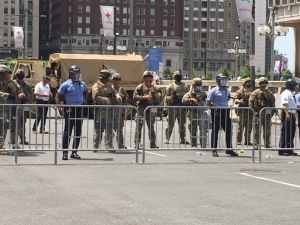 The same area one week later (Municipal Services Building where Rizzo had stood is to the right of photo.)
The same area one week later (Municipal Services Building where Rizzo had stood is to the right of photo.)
The exception to the open streets was the area between City Hall and the municipal building where the Rizzo statue had recently stood. Dark spots marked the outlines of charred police cars that had been hauled away. Lines of police, National Guard troops, and military trucks barricaded this small swath of the city. The TD Bank across the street was unguarded, after being protected like one’s firstborn the week before. Throughout the day and into the evening, protesters occasionally yelled at the cops and Guard troopers, but the tone was much less confrontational than the previous week, and included calls for the enemy to “kneel with us.”
A simplistic contrasting of the two large Saturday protests might say one was more “Fuck 12” and “ACAB,” and the other more “End Qualified Immunity” and “I’m not Black, but I see you.” Maybe this signals the beginning of the funnelling of insurgent politics into so-called respectable avenues. Or perhaps these contrasts do not tell the whole story. For one, after protesters had been teargassed for several days and the uber-armed National Guard had been present for six days, there still were twice the number of people out the second Saturday. In a city that had been under curfew for a week, people came out to protest not only the murdering of black people by police, but also the heavy hand of the city and state police. At a time when the mayor has called for the firing of hundreds of city employees amidst the pandemic, city activists and perhaps the newly energized are primed to fight these cuts and instead raise the practical solution of defunding the police.
In the early morning hours of Sunday, June 7, Mural Arts Philadelphia painted over the large mural of Frank Rizzo at the Italian Market in South Philadelphia. Mural Arts, which was commissioned to paint the mural, worked with the owners of the building to remove it and will work with them to “collaborat(e) with the community on a new mural project that can reflect the fabric of South 9th Street.” Also on Sunday, notably, the citywide curfew was lifted for the first time in a week.
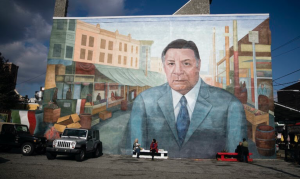 After a crew painted over the mural of former top cop and mayor Frank Rizzo early Sunday morning, all that remained was the street sign on the upper right hand side.
After a crew painted over the mural of former top cop and mayor Frank Rizzo early Sunday morning, all that remained was the street sign on the upper right hand side.
When we say a lot can happen in a week, we mean to say that riots fucking work. The bridges are open. The streets are clear. Although center city is still boarded up, much of the graffiti is painted over. The glass on the sidewalks outside the fancy stores is cleaned up. In just one week, the mayor, in a pathetic hope at flashing some progressive credentials, has conveniently scrubbed away the awful legacy of the Rizzo years and, bowing to the pressure of once-in-a-generation riots, has completely reversed his initial proposal for a $19 million budget increase for the cops. But the rallies and marches continue, and the Fishtown vigilantes and those who light a candle to Daniel Faulkner’s memory in South Philadelphia haven’t gone anywhere, either. The fissures that follow the long line of white supremacist policing both in Philadelphia and beyond have been split open as wide as ever.